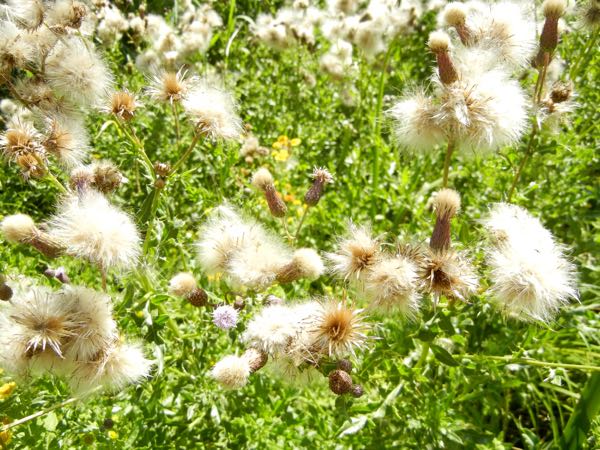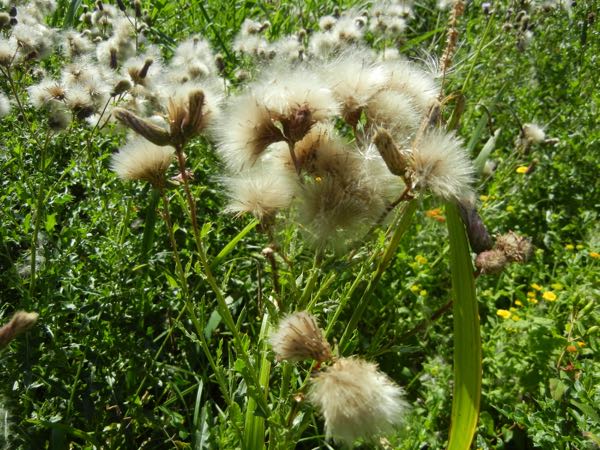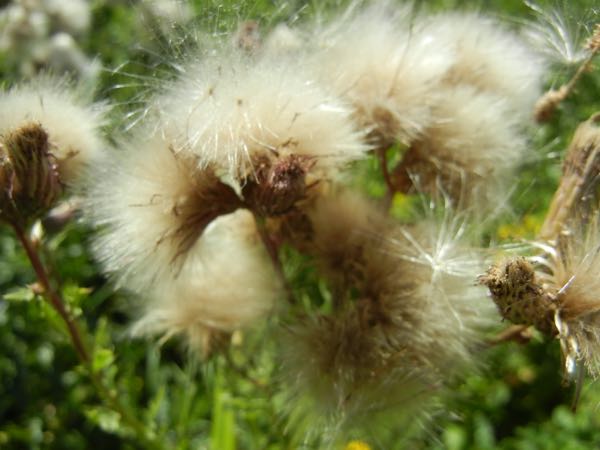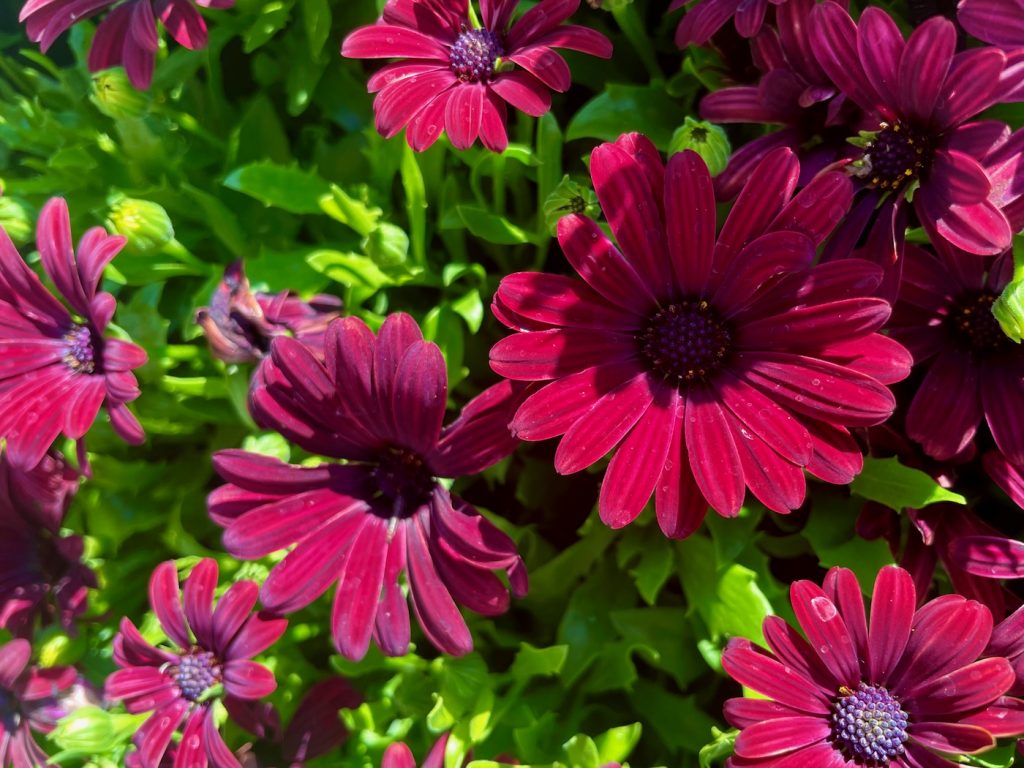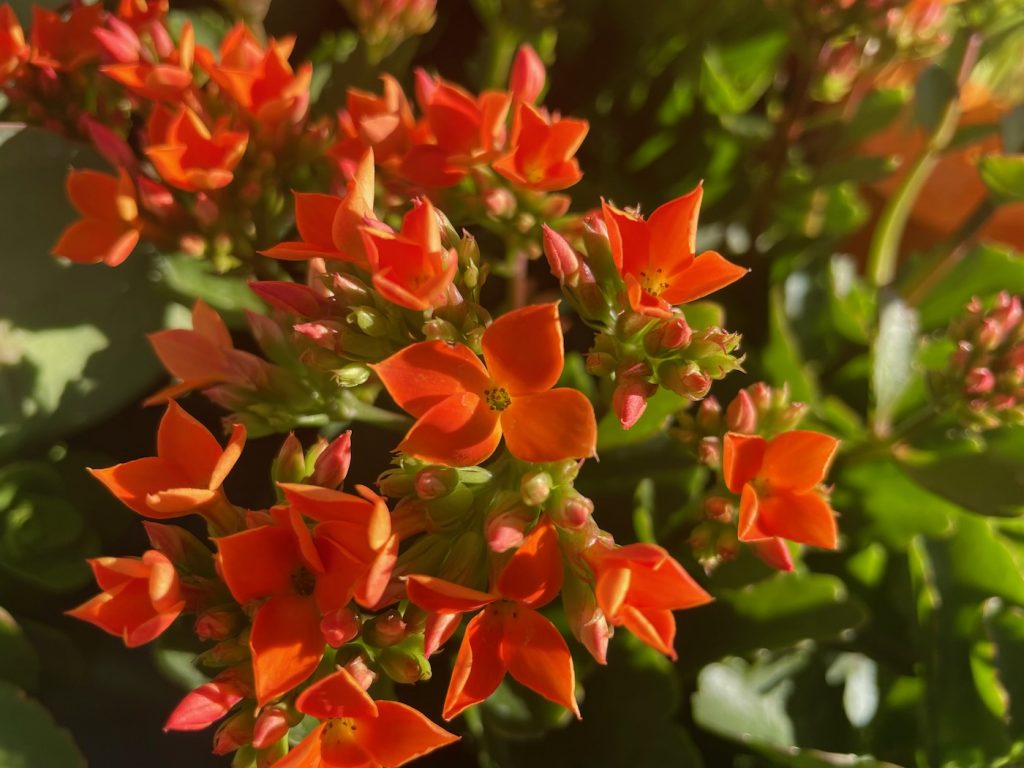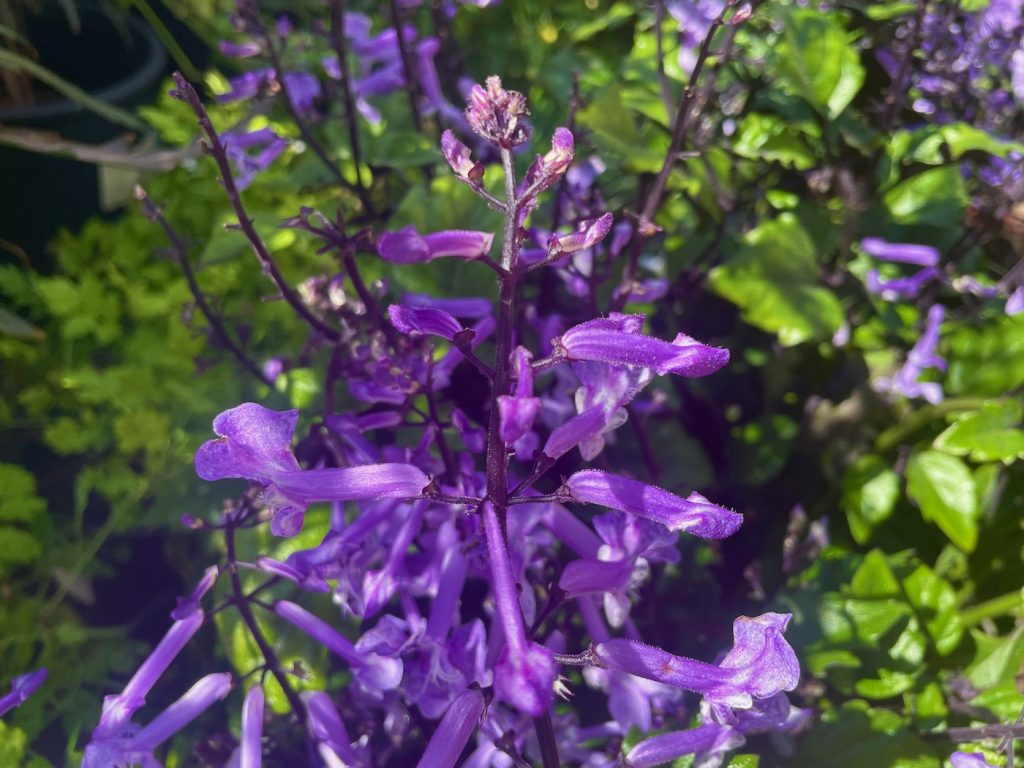Cirsium arvense: A Beautifully Versatile Plant with Attractive Seeds
Introduction When it comes to selecting plants for their gardens, many individuals focus on the appeal of flowers or unique foliage. However, there are instances where the changing colors of autumn, vibrant stems, and even seeds can become captivating features. Cirsium arvense, a herbaceous perennial from the Asteraceae family, is one such plant that offers a visually stunning display through its seeds. While it serves various purposes, including cattle feed, and is considered a weed in certain regions, its seed production is particularly striking, especially in wild gardens. Furthermore, these seeds serve as a valuable food source for birds.
Origin and Names Originating from Europe, western Asia, and North Africa, Cirsium arvense goes by several common names, such as Creeping Thistle, Canada Thistle, Field Thistle, Lettuce from Hell Thistle, California Thistle, Corn Thistle, Cursed Thistle, Green Thistle, Hard Thistle, Prickly Thistle, Small-flowered Thistle, Way Thistle, or Stinger Needles. This wide range of names reflects its widespread presence and adaptability.
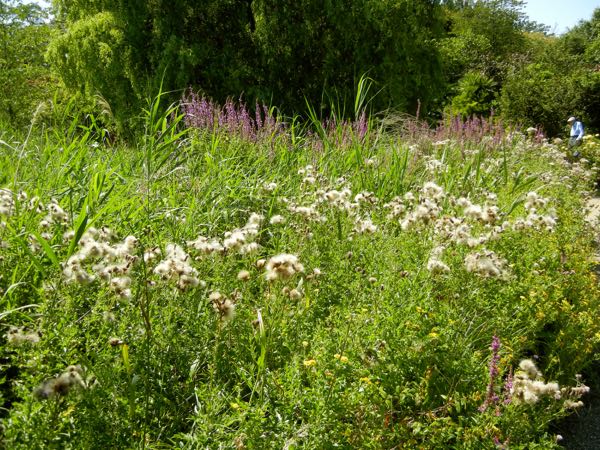
Ecological Importance Cirsium arvense plays a crucial role in supporting insect populations, thanks to its high nectar production. Many insects heavily rely on this plant for sustenance. Growing up to approximately 1.5 meters or 5 feet in height, it possesses invasive characteristics due to its exceptional adaptability. Consequently, it is primarily recommended for inclusion in wildflower gardens, where its growth can be managed effectively. The plant features four distinct underground root systems, including thick horizontal roots, thick vertical roots, short fine roots, and vertical underground stems. It is important to note that these underground root structures should not be mistaken for rhizomes, as new growth appears on thickened roots.
Physical Characteristics Cirsium arvense showcases branched stems and spiny, lobed leaves. The leaves are arranged alternately, adding to the plant’s visual interest. The flowers of this species are highly attractive to insects and pollinators. They are characterized by compound cyme arrangements and display a pinkish-purple hue. While the flowers of Cirisium are typically dioecious, meaning they have separate male and female individuals, there are instances where hermaphrodite flowers can occur. Interestingly, seed production tends to be more abundant when multiple plants are present in close proximity.
Preferred Growing Conditions of Cirsium arvense:
This plant thrives in areas where the climate is not excessively hot and there is ample water availability. Cirsium arvense follows the C3 carbon fixation pathway, making it well-suited to regions with moderate temperatures. Given its invasive nature, it is advisable to carefully consider its placement and growth management, particularly in cultivated gardens.
In conclusion, Cirsium arvense, with its various names and striking seed production, presents itself as an attractive addition to wild gardens. While it may serve as a weed in certain regions, its ecological importance, adaptability, and captivating features make it a worthwhile consideration for those seeking to create visually appealing and ecologically diverse landscapes.
